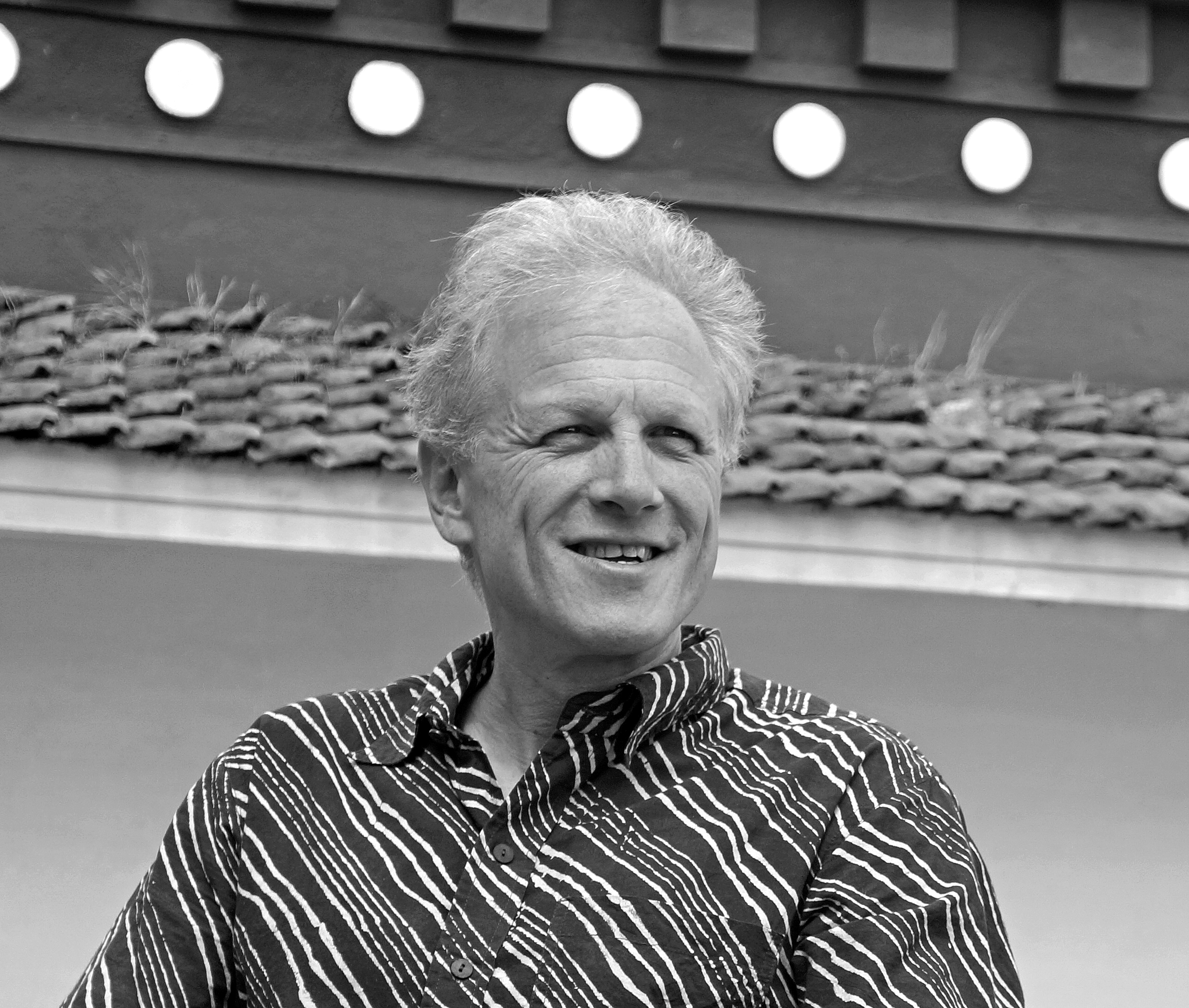Mindfulness meditation is a terrific way start the day. When you start the day with meditation, even if you can only do five minutes, your mind is transformed; your mind will be present, focused and calm. But so often, as soon as you step out your door, the events of the day take over and you find that you get overwhelmed by them. You can completely lose the centeredness and peace that you experienced during your time on the cushion.
So, what is a poor defenseless meditator to do?
As much as possible, don’t leave mindfulness behind when you leave your cushion. Instead, for example, you can take a short break and notice you are breathing. This is called taking a mindful mini-break because we stop whatever we are doing, we drop whatever we are thinking about, and just be present—Stop, drop, and be present.
The great news is a mini-break can be as short as one minute. Try to take as many mindful mini-breaks as you can throughout the day. In fact, even if you don’t have time to do formal sessions of mindfulness meditation every day, minibreaks are an even more vital tool to help you negotiate all the stuff life can throw your way.
Stop, Drop and Be Present
Perhaps the biggest obstacle to taking a meaningful mindful mini-break is feeling overcome by anxiety and stress. The funny thing is that this is probably when we need a mini-break the most. Here are some tips on how to make a mini-break a mindful one.
1. Just remembering “mindfulness” is enough
In our first few times taking a mini-break, we shouldn’t expect too much. After all, we have been developing the habit of distraction for our entire lives. So, when we take a mini-break we should just think “mindfulness” and rest our attention on that word for a minute or two. This helps us establish a habit of taking mindful mini-breaks.
2. Focus on the Breath
The most common kind of mindfulness meditation is to simply place our attention on our breath. Gently bring your attention to the rhythm of your breath. As you breathe out, just know that you are breathing out; as you breathe in, just know that you are breathing in. Focus lightly on the breath, without intensely fixating or making a lot of effort. Employ the same light-handed effort you would use to pick up a glass of water or a pen.
3. Overcoming Agitation and Anxiety by Remembering the Feeling of Peace
When we feel particularly agitated or anxious, try to recall a time when you felt totally at peace with the world. Think about the room or environment you were in and any special smell or sound that you can recall. But most importantly, remember what it felt like. Spend the entire mini-break recalling the feeling you had during that peak experience of peace.
4. Cultivate an attitude of gratitude.
When stress and anxiety take over, we can easily get carried away by judgments and looping thoughts. The best way to overcome this is by focusing on gratitude and appreciation. During your mindful mini-break you can recall something in your life that you appreciate.
5. Making Aspirations for Everyone to be Happy
Here we try to take the focus off ourselves, since that’s who our anxiety is focused on. As you breathe out, just know that you are breathing out; as you breathe in, just know that you are breathing in. Focus lightly on the breath, without intensely fixating or making a lot of effort.
(do this for a few breaths)
Now, as you exhale, think “May Everyone be Happy”. Imagine that everyone is touched and affected by your wish.
As you breathe in, think “My Everyone be Free from Pain”
Do this for as long as you have time for.
6. When all else fails, use the anxiety as the object
Sometimes, we are so completely overwhelmed by anxiety that it seems like nothing will work. This danger here is we can add to our agitation or anxiety simply by becoming frustrated that we can’t seem to do anything about it. Instead of trying to make it go away, we can just use the feeling of anxiety as the focus of our mini-meditation break.
Ask yourself: “How do I know that I am anxious? Is it a sensation, a feeling in my body? Or a tone of voice in my internal dialog? Or a particular kind of thought that keeps churning in my mind? Or an image of something that I am worried about?”
We don’t need to indulge in running commentaries such as “I wish I didn’t feel so anxious” or “I wish that this exercise would work!” Instead we just allow ourselves to focus, without any distraction, on the feeling of anxiety or agitation, seeing if it is just a thought, or a sensation in our body or maybe some combination of those. Try as precisely as possible to identify what it is you’re referring to as an “anxious feeling.” Don’t get into how you feel about it or how you would rather feel or any other kinds of judgments. In that way, even anxiety can be a support for overcoming stress.
Where to take a mini-break?
As I wrote about in the book Radically Happy: A User’s Guide to the Mind, the mindful minibreak can be yours whenever, wherever you are, even in the office. While it can be challenging, you can often find a conference room, or a telephone room for a minute or two, but if not, there is always one place you can go that is private, and no one will interrupt you: the restroom stall. In the stall, no one can see you or know what you’re doing. Or at least they may think they know and so will leave you to your business, which in this case is taking a mini-break.
So, be creative, find a place, a rhythm and experiment with mini-breaks…
Follow us here and subscribe here for all the latest news on how you can keep Thriving.
Stay up to date or catch-up on all our podcasts with Arianna Huffington here.


